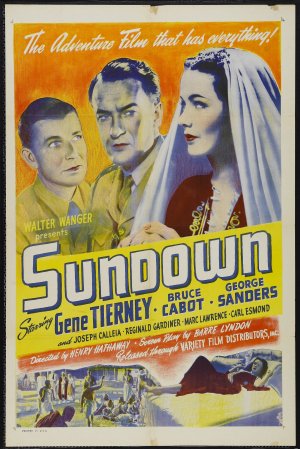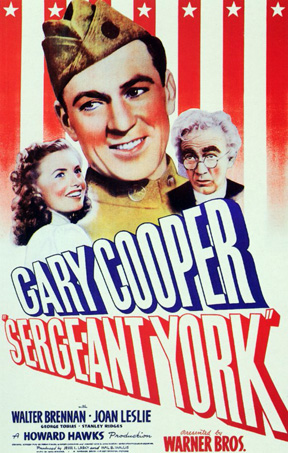The 39th film in the Fabulous Forties box set was 1947’s Smash-Up, the Story of a Woman. I have to say it was a little bit strange going from watching the hilarious and life-affirming My Man Godfrey to watching the very serious and rather depressing Smash-Up.
Smash-Up is pure, tear-jerking Hollywood melodrama. When the film starts, Angie Evans (Susan Hayward) is in a hospital, with her face totally covered in bandages. Just by looking at her, we already know that her story is not going to be a happy one.
Flash back time! Angie was a nightclub singer and a pretty good one at that. The audiences loved her and she loved performing but she loved one thing more. (See how overwrought my prose was there? That’s a reflection of Smash-Up’s style.) She loved Ken Conway (Lee Bowman, who may be related to me but probably isn’t). Ken was a singer himself, though he was nowhere near as successful as Angie. However, after Ken and Angie married, Angie put her career on hold while Ken went on to become a huge success.
Angie was already a drinker before she met Ken. Having a few drinks before going out on stage helped to calm her nerves. It helped her to relax and become the performer that the audiences loved. However, once Ken became a star and Angie found herself continually alone in their home, she started to drink because it was the only thing that made her happy. Whenever she started to regret giving up her career, she drank. When she was worried that Ken was having an affair with his secretary (Marsha Hunt), Angie drank. Ken’s best friend and songwriter, Steve (Eddie Albert), could see that Angie was losing control. However, Ken refused to accept that his wife had a drinking problem. Accepting that Angie was drinking to be happy would mean accepting that she wasn’t happy in the first place.
Trapped in the middle of all this was their daughter, Angel (Sharyn Payne). When Ken, finally admitting that his wife could not control her drinking, demanded custody of Angel, Angie was determined to get back her daughter.
But, even though she wanted to, Angie could not stop drinking. Or smoking. And the smoking, the drinking, and the kidnapping did not make for a particularly good combination.
According to Wikipedia, Smash-Up was a failure at the box office and I can actually see why. 1940s American cinema can basically be divided between the earnest, patriotic, and optimistic films that were released during World War II and the dark and pessimistic films that came out after the war ended and the world realized just how evil and dangerous human beings could be. Smash-Up is one of those dark films. It’s not a happy film, nor is it at all subtle. In fact, as much as I love a good melodrama, Smash-Up occasionally seems like a bit much. Absolutely every bad thing that could happen does happen and it’s typical of the approach of Hollywood in the 40s that, for all the trouble Angie suffers as a result of her drinking, the film still has to find an excuse to send her to hospital with her face in bandages. The film is often very empathetic in its treatment of Angie but, in the 1940s, mistakes still had to be punished.
Fortunately, Susan Hayward gives a great performance in the role of Angie, capturing the aching sadness that leads her to drink in the first place. She saves the entire film and, quite justifiably, she received a nomination for best actress for her performance here. She didn’t win but she still made Smash-Up worth seeing.



